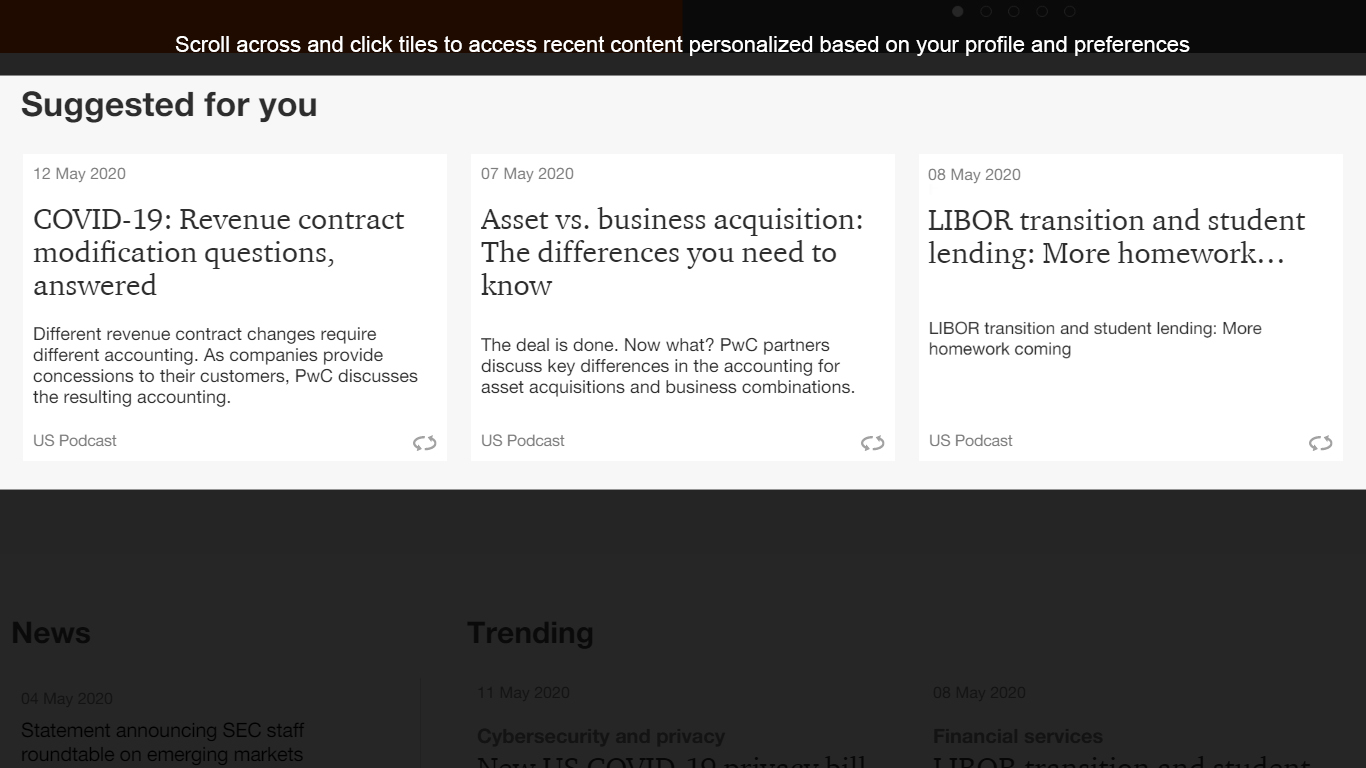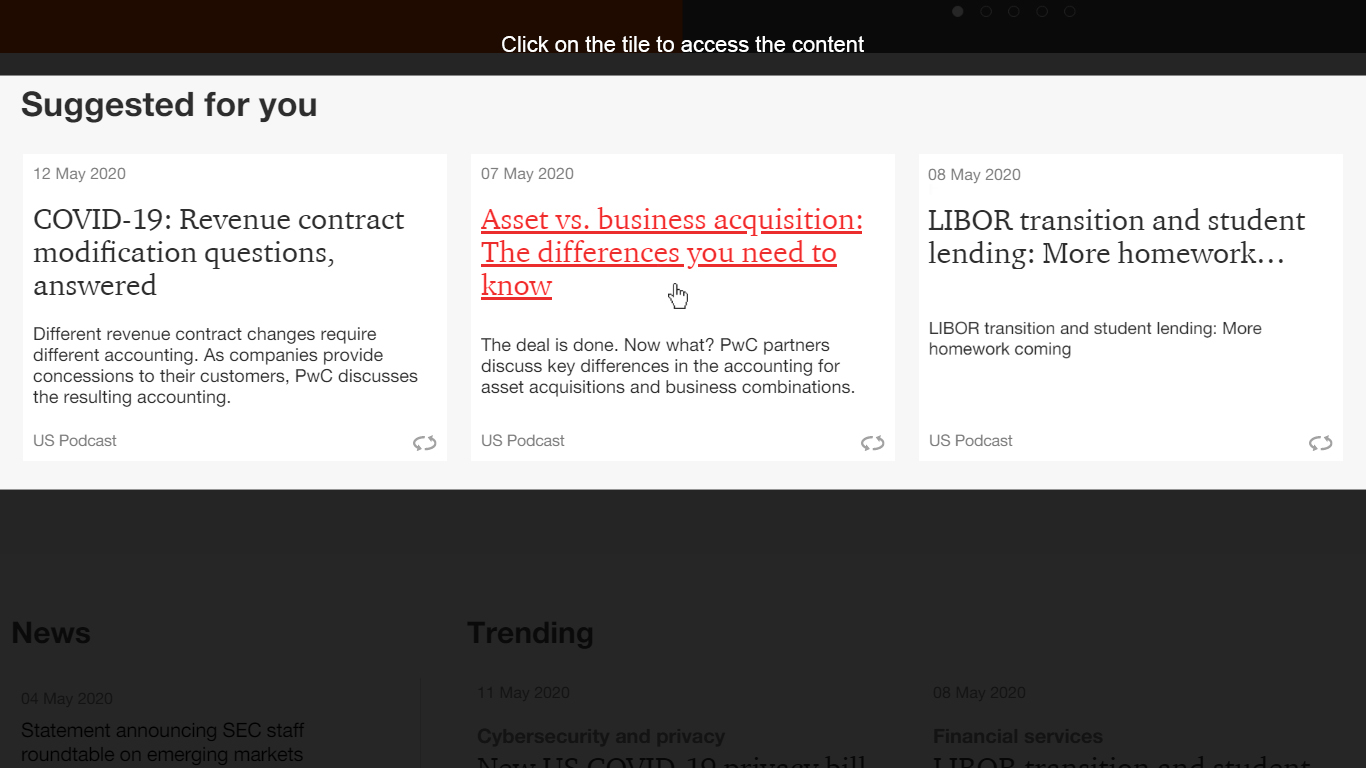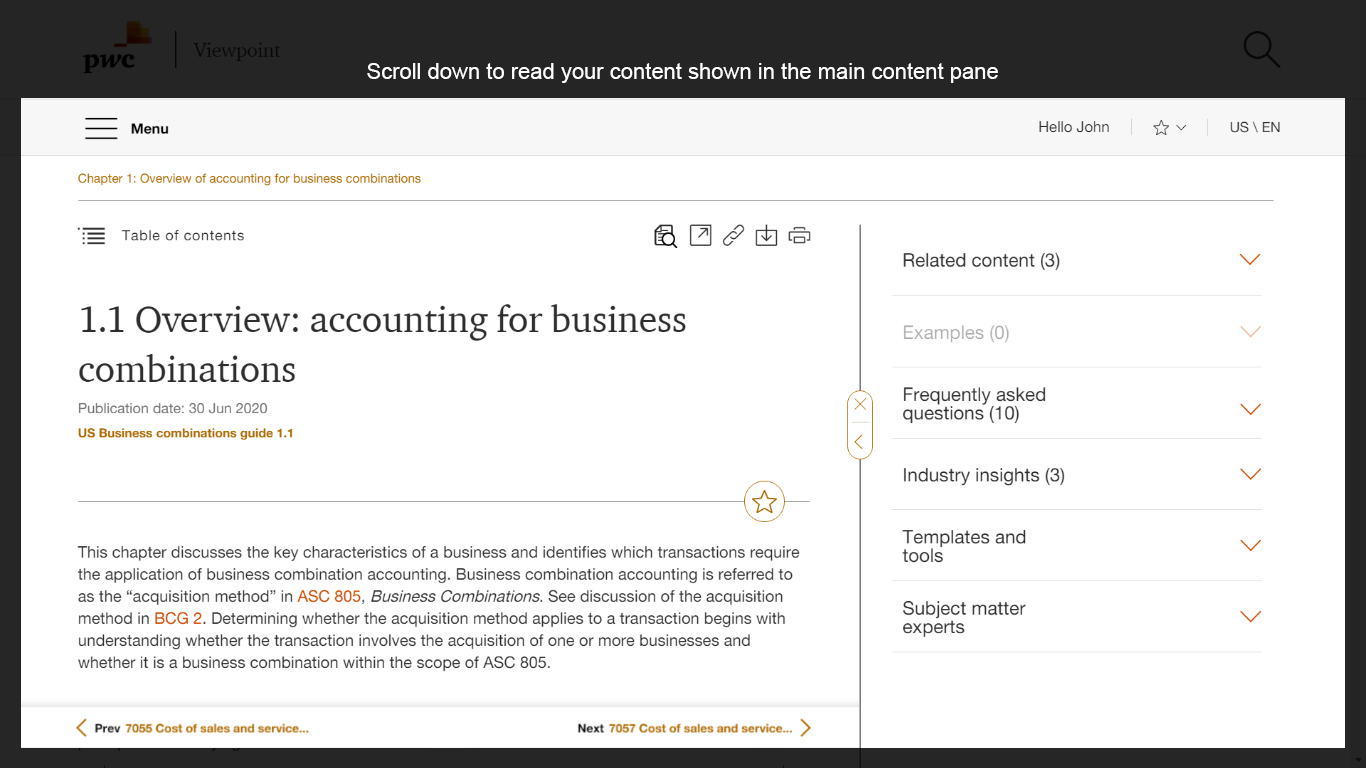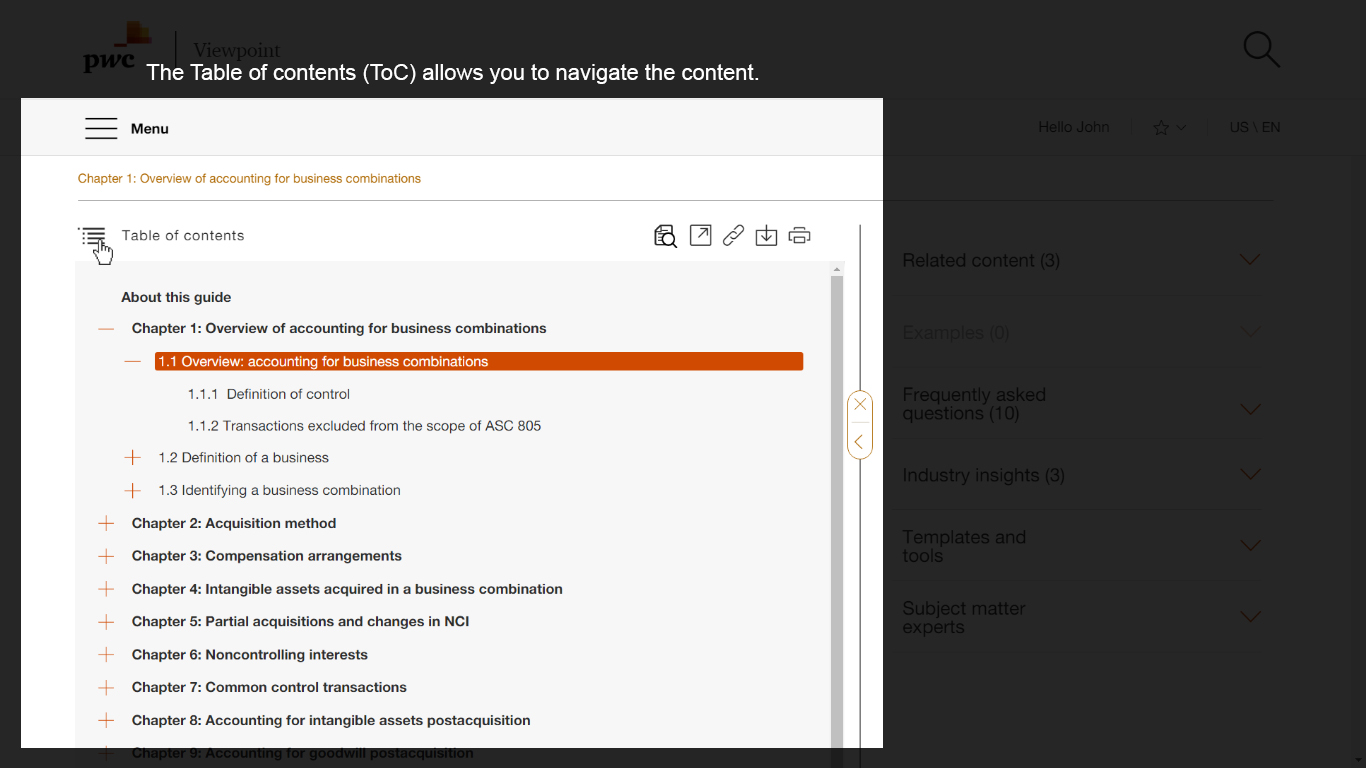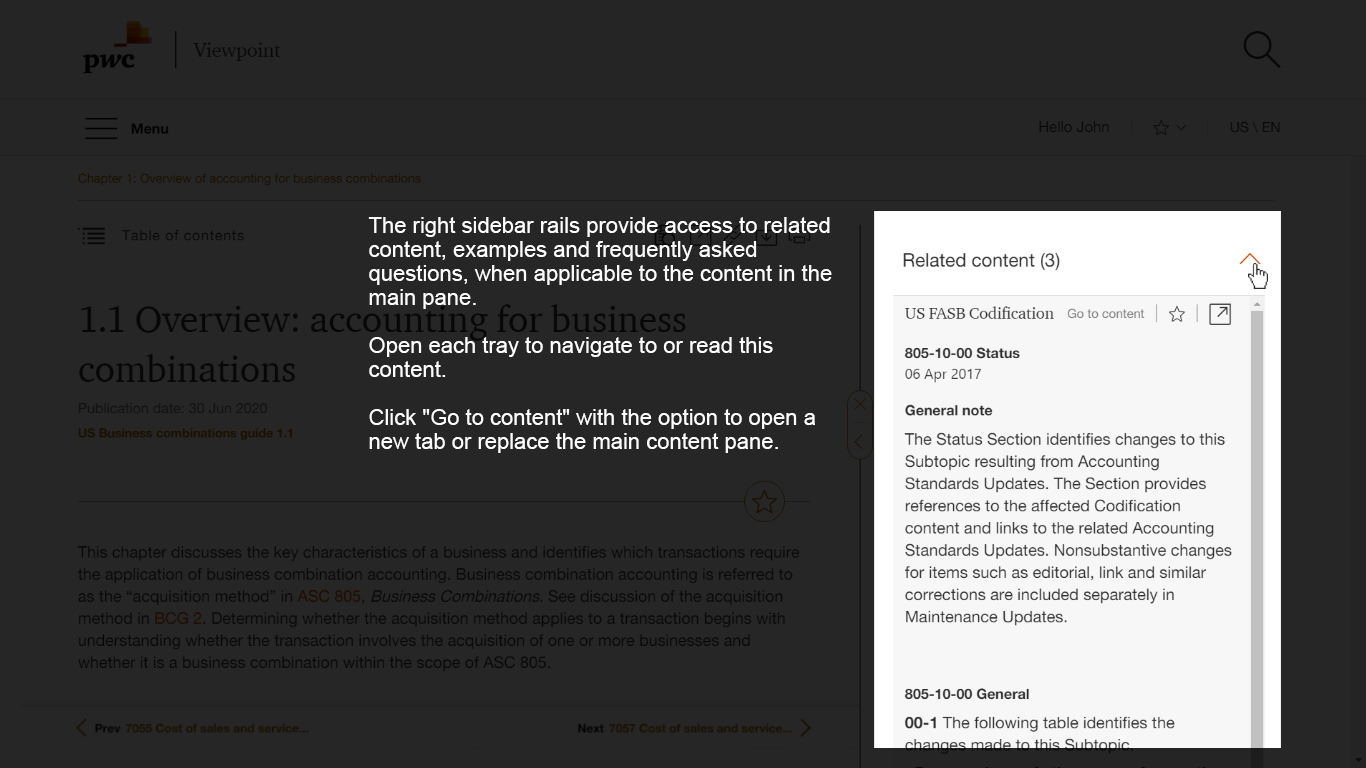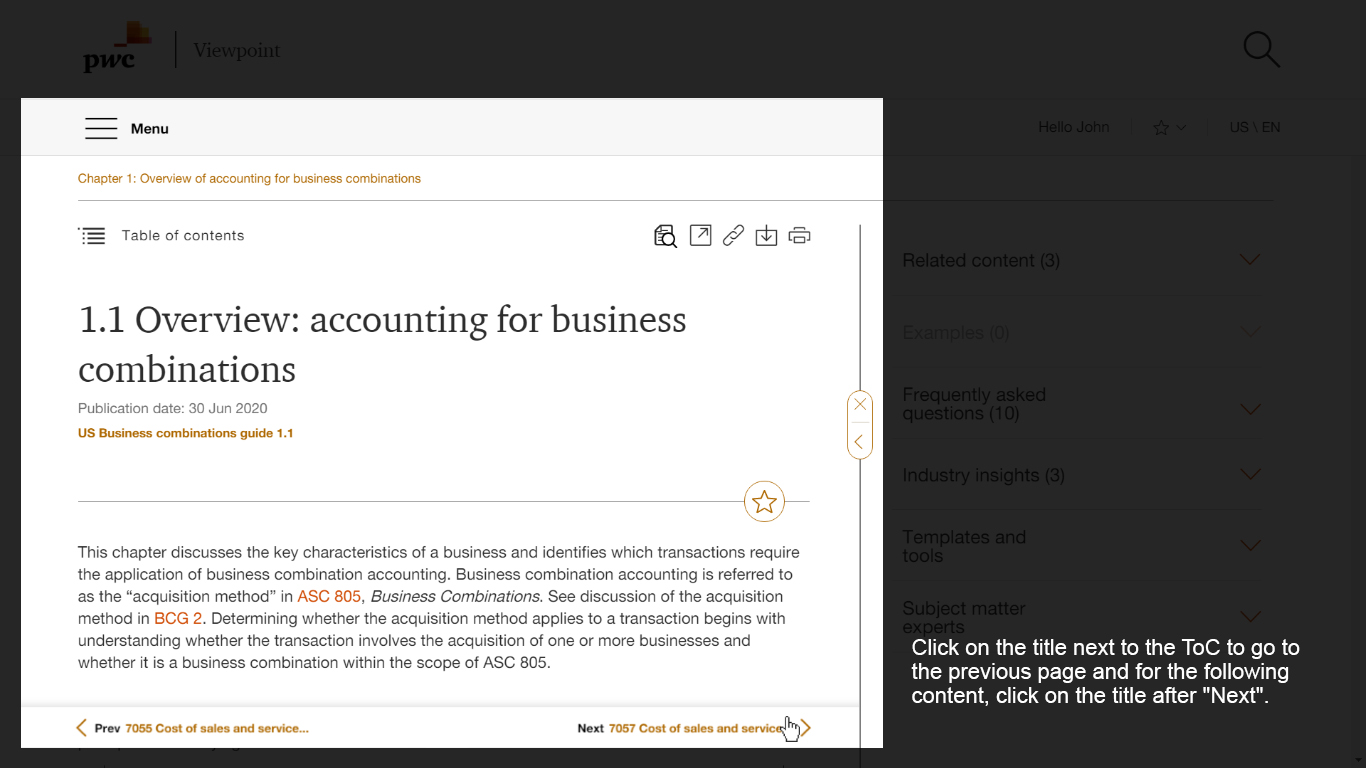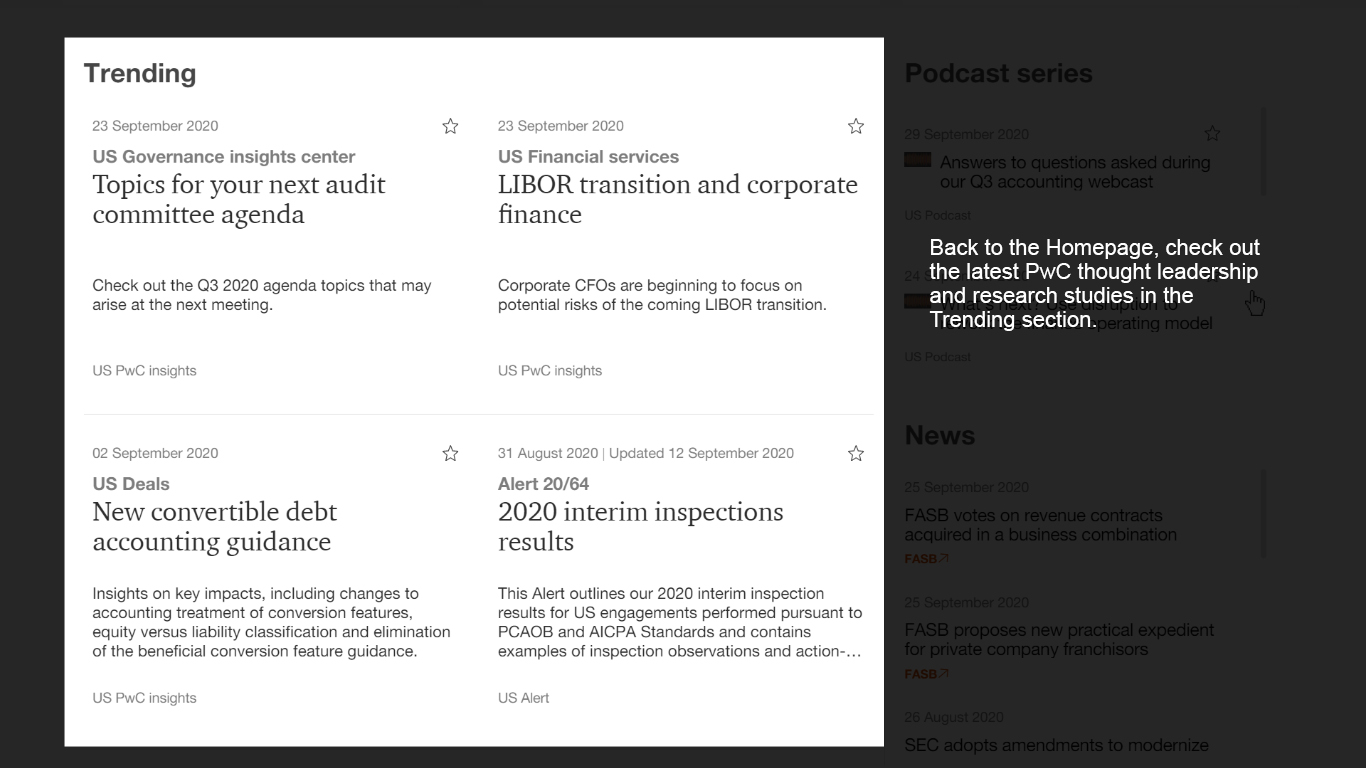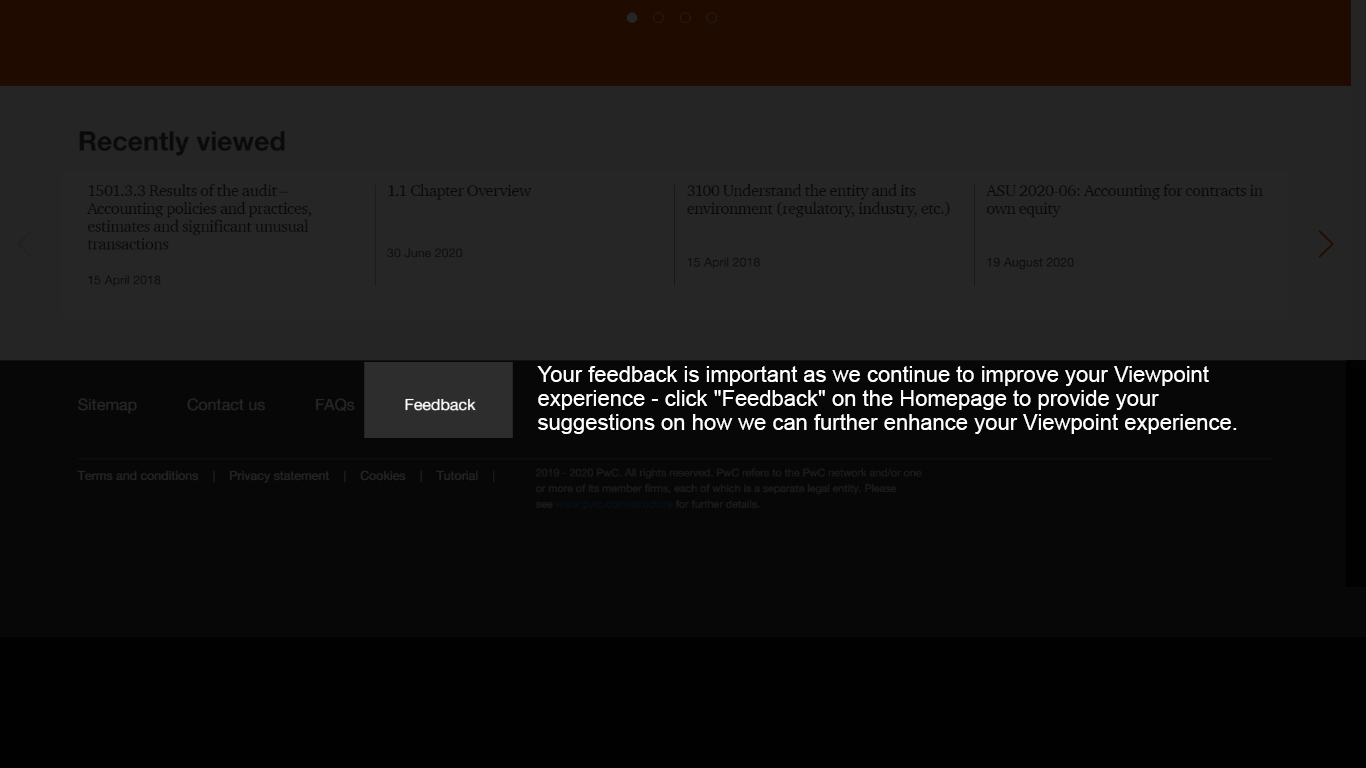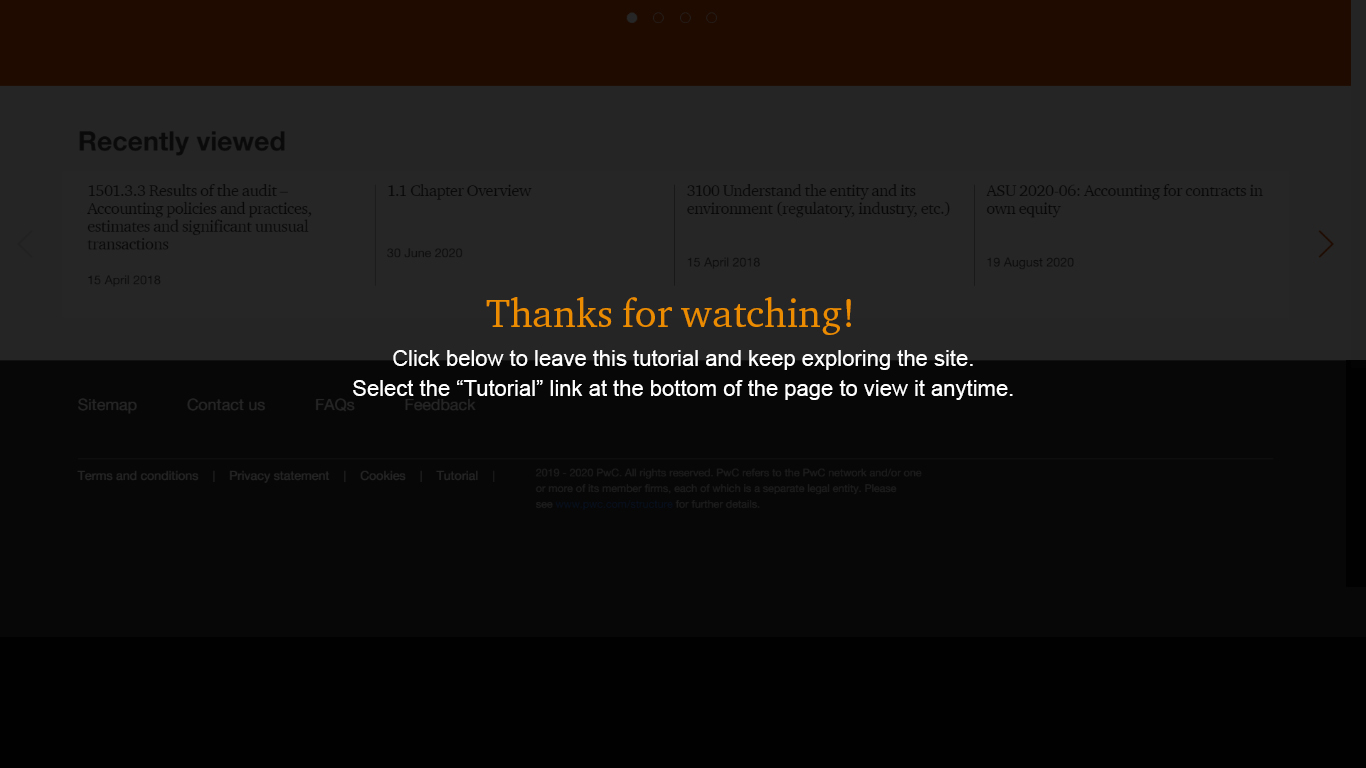ASC 230 requires separate disclosure of all investing or financing activities that do not result in cash flows. This disclosure may be in a narrative or tabular format. The noncash activities may be included on the same page as the statement of cash flows, in a separate footnote, or in other footnotes, as appropriate.
Following the principles in
ASC 230-10-50-3 through
50-6, the following are noncash investing and financing transactions:
- Converting debt to equity
- Acquiring productive assets by assuming directly related liabilities
- Obtaining a right-of-use asset in exchange for a lease liability
- Obtaining a beneficial interest as consideration for transferring financial assets (excluding cash), including the transferor’s trade receivables (commonly referred to as a holdback or deferred purchase price)
- Obtaining a building or investment asset as a gift
- Exchanging noncash assets or liabilities for other noncash assets or liabilities
Other examples include:
- Issuing stock in connection with a stock compensation plan where no cash payment is required
- Acquiring a business through the issuance of stock
- Acquiring productive assets not yet paid for
ASC 230-10-45-13(c) indicates that payments at the time of purchase or soon before or after purchase to acquire plant, property, or equipment and other productive assets are investing activities. This phrase does not mean that cash flows can be reflected in a statement of cash flows before they occur. The words “or soon before or after purchase” are intended to highlight that some payments made subsequent to the acquisition of a long-lived asset should be classified as investing (e.g., payments made shortly after acquisition of the long-lived asset according to normal trade terms), while other payments made subsequent to the acquisition of a long-lived asset should be classified as financing (e.g., payments for which the timing is not consistent with normal trade terms, which may indicate that the long-lived asset was acquired with debt financing). Determining if the payment terms received by a reporting entity are consistent with the trade terms the seller normally makes available to its other customers is an important consideration when evaluating if seller financing was provided.
Separately, reporting entities may undertake transactions in which cash is received or disbursed on its behalf by another entity.
ASC 230 does not address these situations. As explained in
FSP 6.9.2.1, we believe a reporting entity may be able to recognize those cash flows as if they had received or disbursed the cash from its bank account under a constructive receipt and disbursement concept.
Example FSP 6-15 and Example FSP 6-16 demonstrate the identification and presentation of noncash investing and financing activities.
EXAMPLE FSP 6-15
Noncash investing or financing activity — purchased equipment not yet paid for
On December 20, 20X1, FSP Corp purchases and takes title to equipment costing $100, and accordingly debits property, plant, and equipment and credits accounts payable. As of December 31, 20X1, FSP Corp has not yet made cash payment to settle the accounts payable.
How should the equipment acquisition be reflected in FSP Corp’s December 31, 20X1 statement of cash flows?
Analysis
Until FSP Corp has made a cash payment related to the equipment, the equipment acquisition is a noncash activity that should not be reflected in the statement of cash flows. Understanding if FSP Corp’s equipment acquisition is a noncash investing or financing activity requires an understanding of the words “soon before or after purchase” and evaluation of whether seller financing was provided. Regardless, it would be incorrect to include a $100 investing outflow and a corresponding $100 operating inflow (created by the increase in accounts payable as a reconciling item using the indirect method of presentation) in FSP Corp’s December 31, 20X1 statement of cash flows because neither of those cash flows occurred.
EXAMPLE FSP 6-16
Noncash investing and financing activity — equipment partially financed by a note
FSP Corp acquires computer equipment for $100 cash and a $400 installment note payable to the seller. Providing installment notes payable to its customers is not a normal trade term for the seller.
How should the $100 cash payment be recorded in the statement of cash flows? How should the $400 installment note payable to the seller be reflected?
Analysis
The $100 cash payment should be reported as an investing activity outflow and included with purchases of property, plant, and equipment. The noncash investing and financing transaction of $400 should be disclosed.
The subsequent principal payments on the debt should be classified as financing cash outflows, whereas the payments of interest on the debt should be classified as operating cash flows.
Alternatively, if the $400 was borrowed from a third-party lender who agrees to disburse the funds either to the buyer or the seller at the direction of the buyer, the loan would be a financing cash inflow and the full purchase price of the equipment would be an investing cash outflow.



